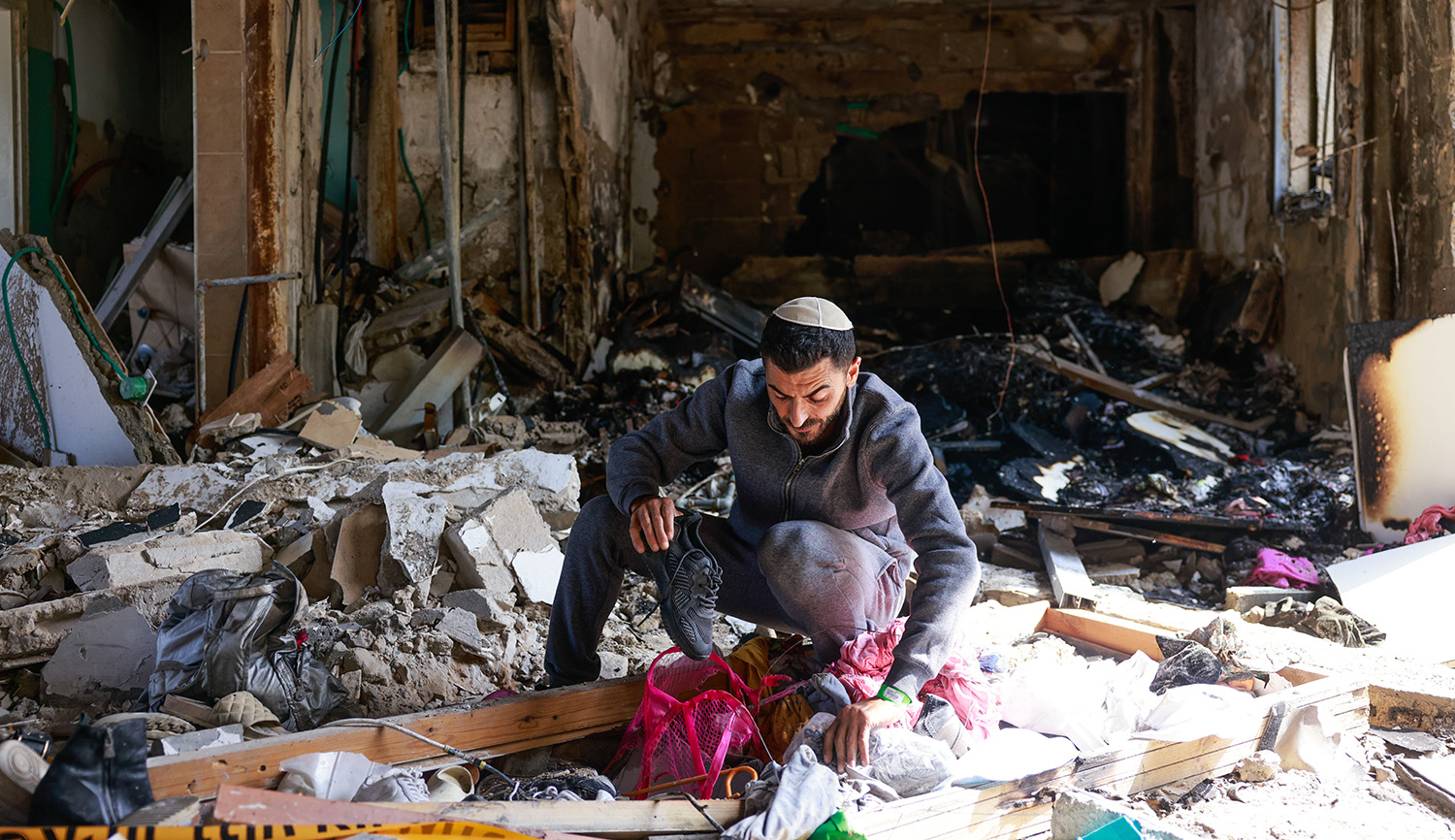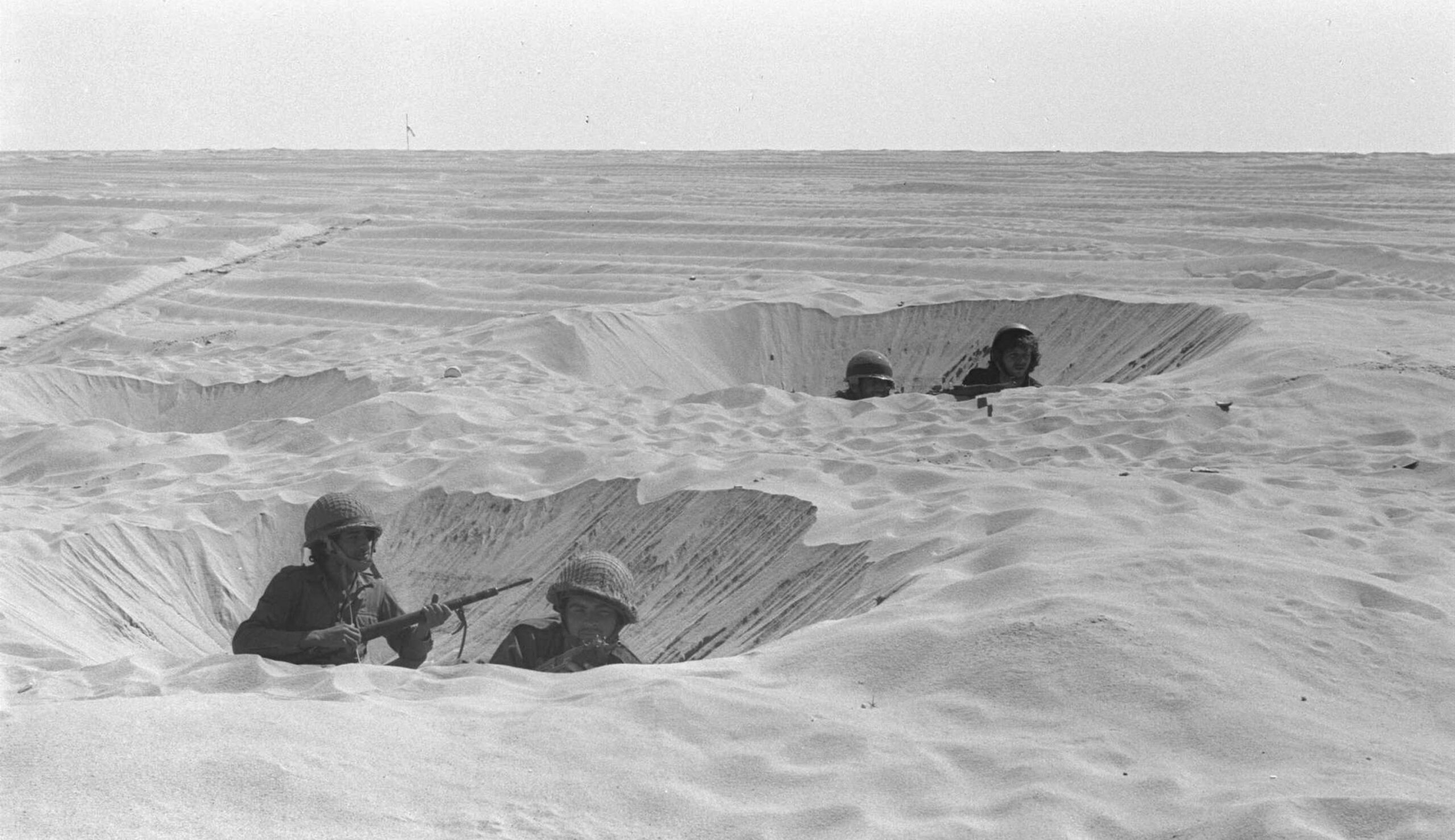Since Yehudah Pen established an art school there in 1897, the Russian (now Belarusian) city of Vitebsk was a center of Jewish art; its most famous native son was Marc Chagall, who studied at Pen’s academy along with the great Soviet Jewish artist El Lissitzky. Chagall left his hometown first for St. Petersburg and then for France in 1897, but returned home in 1914 and, from 1918 to 1922, served as “plenipotentiary for the affairs of art in the province of Vitebsk,” running an art academy that attracted some of Russia’s most important painters. Frances Brent, reviewing an exhibit that was first at the Centre Pompidou in Paris and is now at the Jewish Museum in New York, describes Chagall’s time in the city and its influence on his work:
In his poetic first autobiography, Marc Chagall called Vitebsk “My joyful, gloomy city.” He was remembering the place of his birth and fin-de-siècle childhood, while simultaneously reflecting on discordant feelings about his departure. The Vitebsk of his early years was a provincial river city, a district capital in the northeastern corner of the Pale of Settlement. Rising off of river banks, it had worn and sloping cobblestone streets, electric streetcars, two large synagogues, 60 Jewish prayer houses, and 27 churches. . . .
At the turn of the century, Vitebsk had a population of about 66,000 people, more than half of whom were Jewish. Although memories of the Russian pogroms of the 1880s lingered, many Jews were becoming professionals or moving into the middle class, joining Russian intellectual and political (even radical) circles, or taking part in the Jewish cultural revival with its flourishing Yiddish literature and theater. In his memoir, Chagall combined irreconcilable feelings about this complex place, allowing them to hang in opposition to one another like the two halves of his subject’s head, one reddish and the other blue, in his painting Anywhere Out of the World which he had completed a few years before.
From the start, Vitebsk had been a rich source of inspiration for Chagall’s visual storytelling. He raided it for his earliest subject matter when he expressively painted his bearded father wearing eyeglasses and a working man’s visor cap or, in contrast, his stylish emancipated fiancée with her hands covered in elegant black gloves. He reimagined it when he was a young man in Paris, creating a private iconography for what seemed a faraway and exotic setting, filling it with humanized cows and houses with peaked roofs that [were] sometimes flipped upside down.
Read more at Jewish Review of Books
More about: Jewish art, Marc Chagall, Russian Jewry, Soviet Union


